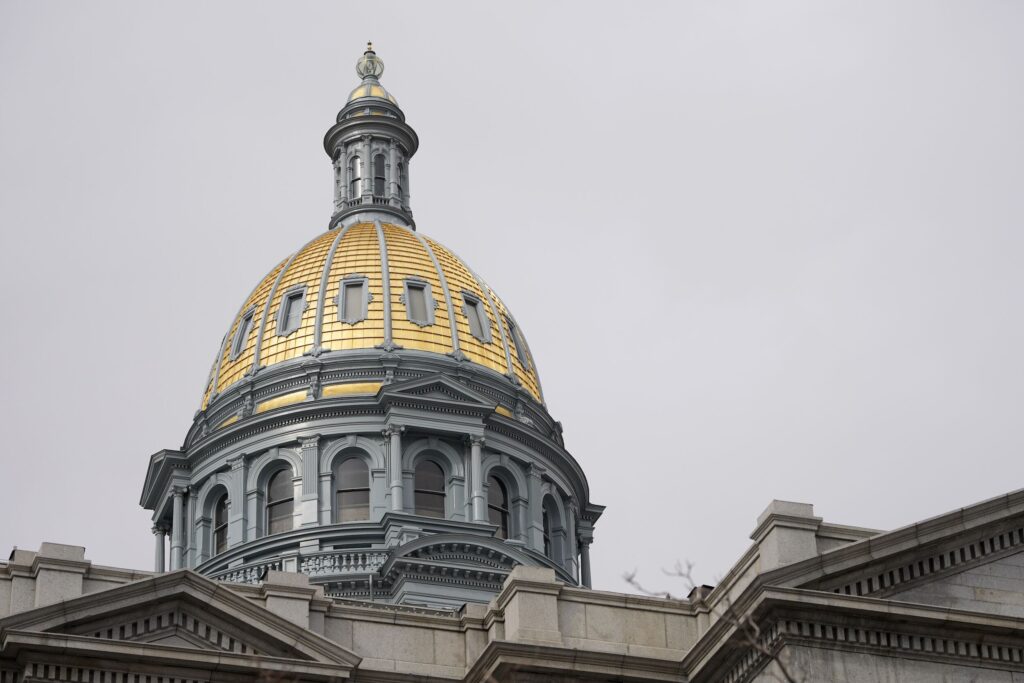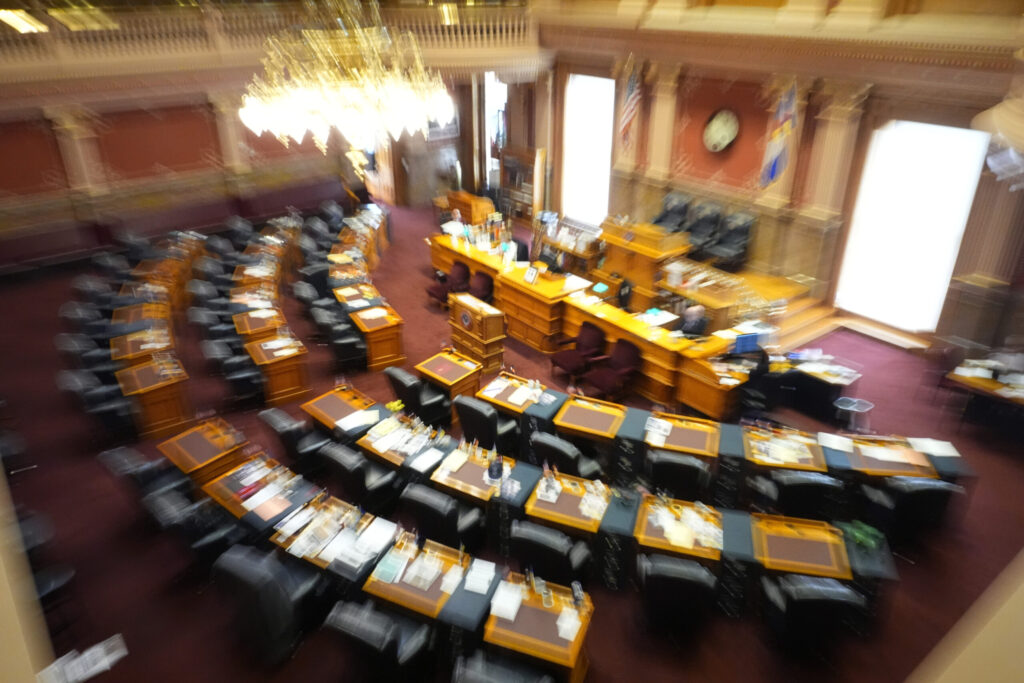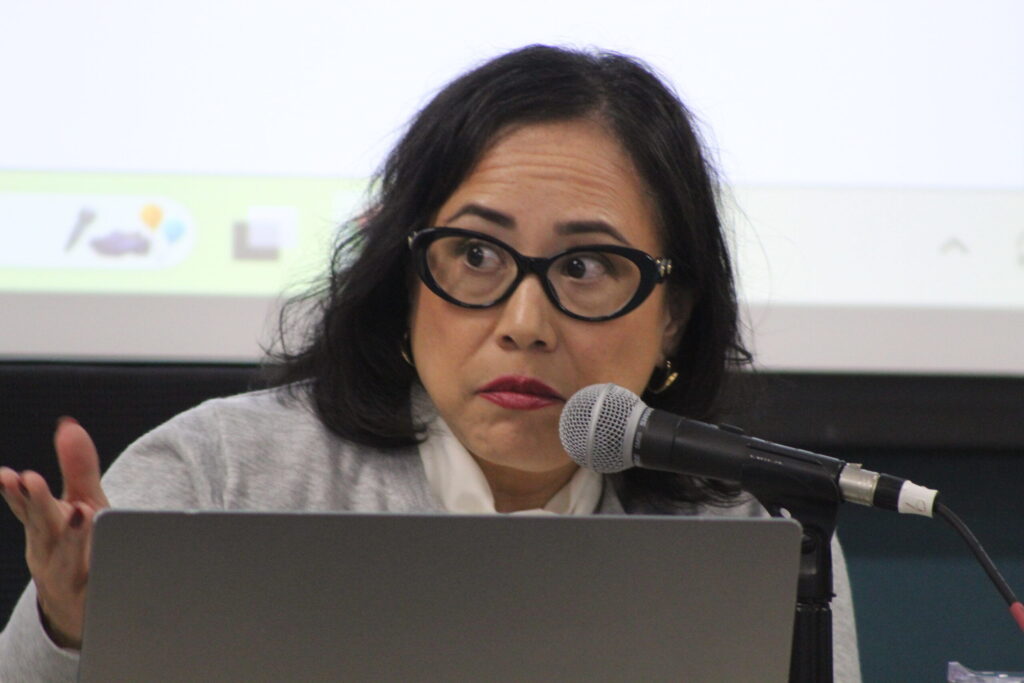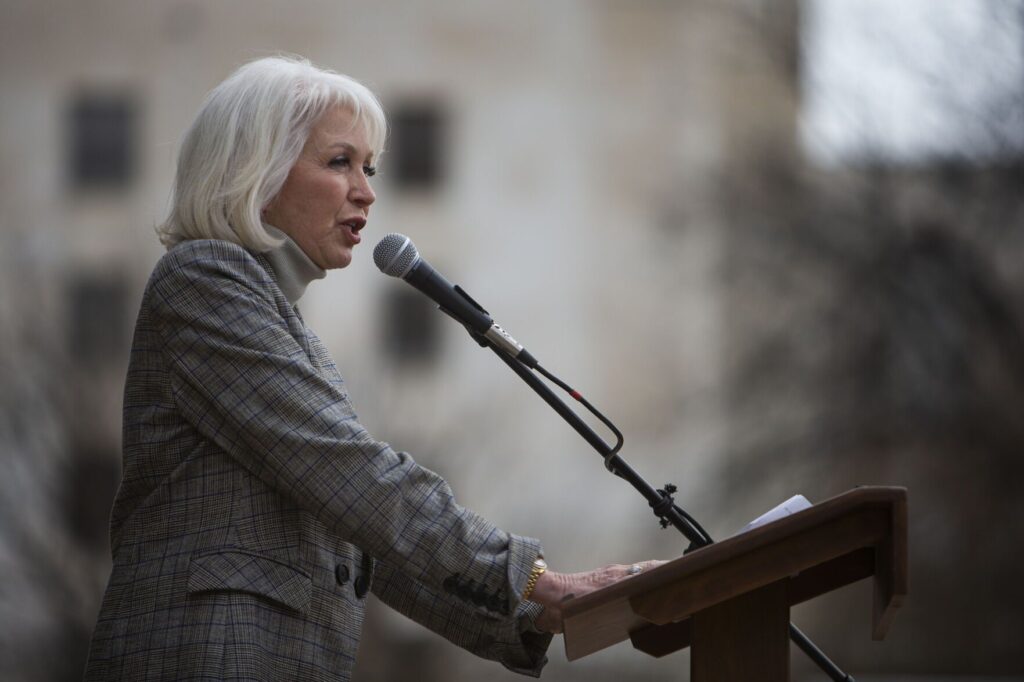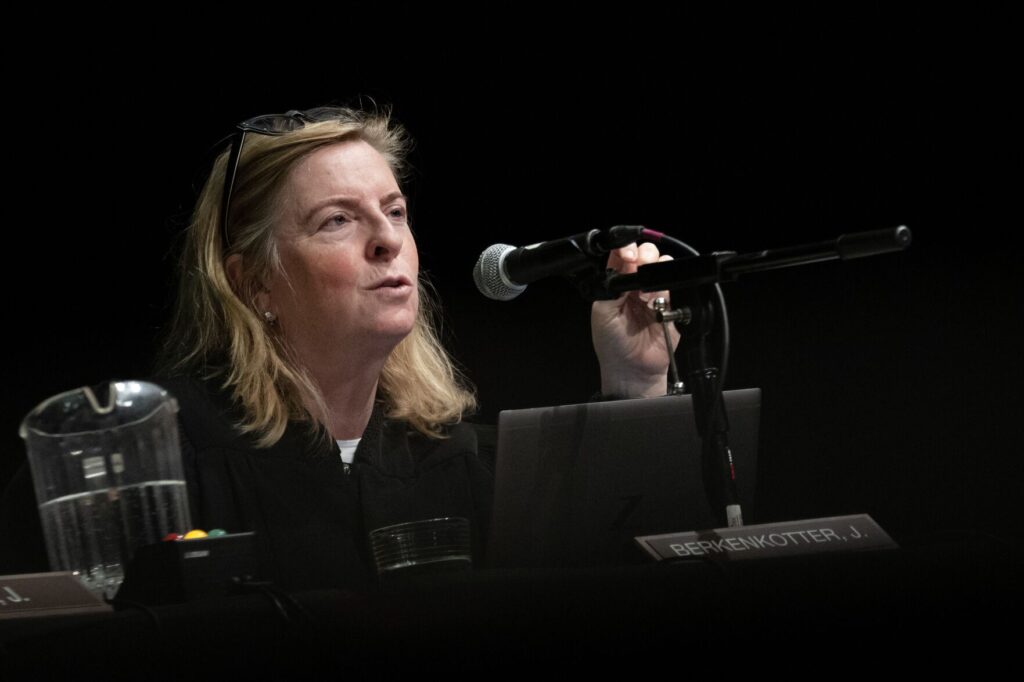Broadband report calls for ‘clarity’ on how state agencies work together to utilize funding

When it comes to utilizing state funds for broadband deployment, the roughly half-dozen state agencies that have a finger in the pie need clarity on how to work together.
That’s among the areas of focus identified in the first report from an advisory board Gov. Jared Polis commissioned last year to boost the state’s efforts to broaden access to high-speed internet.
The governor last October issued an executive order creating the Broadband Advisory Board, a panel of representatives from a handful of state agencies that was charged with coordinating broadband initiatives across departments. But a May brainstorming session to discuss priorities for the coming year and take feedback from stakeholders found the need for a more coherent plan to divide up and put state dollars to use.
“Clarity is needed around how the (Broadband Deployment Board), (the state Department of Local Affairs), (the state Department of Transportation), (the governor’s Office of Economic Development and International Trade) and (the Broadband Advisory Board) will work together to utilize funding for broadband infrastructure,” the report said.
The brainstorming session also yielded a focus to leverage federal funding programs for broadband deployment as well as one-time coronavirus relief dollars and an anticipated infrastructure package from the federal government, encouraging public-private partnerships, upping community engagement and advocacy, and developing policy recommendations on access, infrastructure, mapping and permitting.
Those recommendations will be key to closing the digital divide in the state that the report highlights. According to data released in April by the U.S. Census Bureau, roughly 65,000 households in the state with K-12-aged children have inconsistent internet access for schoolwork. That same data set puts the number of Colorado households with school-aged children that have inconsistent computer access at just over 60,000.
The report also highlights different data from Digitunity showing the overall number of households in the state that don’t have access to a computer at 151,000, while just under 88,000 households have a smartphone as their only means of accessing the internet. That represents just over 7% and 4% of the households in the state, respectively.
Addressing those gaps will also be a priority for the Subcommittee on Digital Literacy and Inclusion, a panel created by the same executive order that founded the Broadband Advisory Board. The subcommittee launched at the end of April with 54 members from state agencies, local governments, non-profit organizations, internet service providers and educators and is charged with bolstering Coloradans’ ability to access and navigate the digital world.
The subpanel is split into work groups focusing on policy boosting digital equity, data collection and examination of best practices with initial recommendations slated to be delivered to the Broadband Advisory Board by December.




